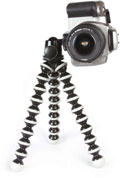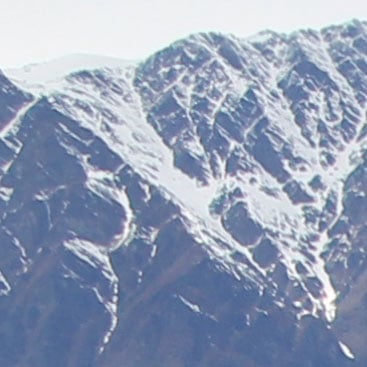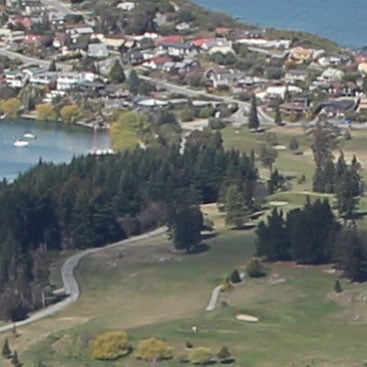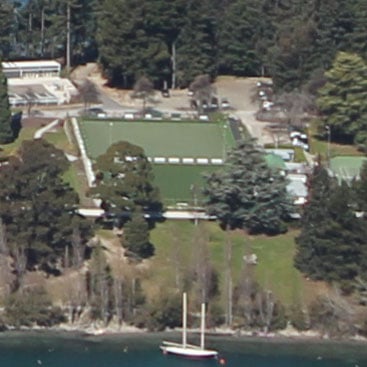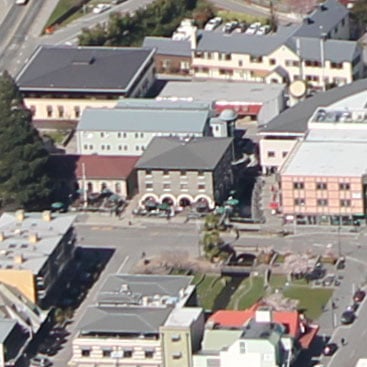Canon EOS 60D
-
-
Written by Gordon Laing
Quality
Canon EOS 60D vs Canon EOS 50D Real-life resolution (JPEGs using default settings)
|
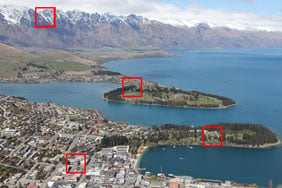 | To compare real-life performance we shot the same scene with the Canon EOS 60D and EOS 50D within a few moments of each other using their best quality JPEG settings and base sensitivities. Both cameras were fitted with the same Canon EF 24-105mm f4L IS lens, set to 24mm f8 and focused on the target area using Live View at 10x. |
The image above was taken with the Canon EOS 60D at 100 ISO with an exposure of 1/320 and the lens set to 24mm f8 in Aperture Priority; the original Large Fine JPEG measured 8.17MB. The EOS 50D selected the same exposure in Aperture Priority, with its slightly lower resolution image measuring 6.35MB. The crops below are taken from the areas marked with the red squares and presented here at 100%. The crops from the EOS 50D show a larger area due to its lower resolution.
With a difference of 3 Megapixels between them, you’d expect the EOS 60D to resolve slightly more detail than its predecessor, but a much more obvious difference is their respective processing styles using the default settings. Just one glance at the crops below reveals the EOS 60D to be delivering much crisper, consumer-friendly images using the default settings compared to the earlier EOS 50D, which comes across as relatively soft and muted by comparison.
We saw exactly the same effect when testing other recent Canon DSLRs: the EOS 50D was one of the last Canon DSLRs to employ a relatively laid-back approach to image processing by default, the idea presumably being that you’d tweak the settings yourself or boost them afterwards in software.
As more consumers bought DSLRs though, there was a drive towards the punchier processing styles of typical point-and-shoot compacts. So from models like the EOS 5D Mark II onwards, Canon adopted a more lively approach to the default in-camera JPEG processing style of its DSLRs. The style you see here for the EOS 60D is no different to the EOS 550D / T2i, EOS 7D or even the EOS 5D Mark II before it. The sharpening, contrast and saturation are all slightly higher than older generations, delivering a more consumer-friendly JPEG straight from the camera without modification.
Which style you prefer is entirely personal, but we believe Canon’s struck the right balance between boosting the settings to reveal all the detail in the image without going over the top and suffering from undesirable artefacts. But the important thing is to realise the difference in style you see here between the EOS 60D and its predecessor is almost purely down to processing settings. Tone down the EOS 60D settings or boost those on the EOS 50D and you’ll get very similar-looking results. Likewise if you shoot in RAW and apply the same settings to both files, the output will again look very similar, and that’s exactly what we’ve done on the next page.
So looking beyond processing style, does the EOS 60D enjoy any resolution advantage thanks to its extra 3 Megapixels? In the crops below it’s certainly very subtle. Look very closely at the finest details and you may spot the EOS 60D delivering fractionally higher resolution, but there’s not a great deal in it.
So overall, exactly the same result we found when comparing the EOS 7D against the EOS 50D, but now lets put both cameras on a level playing field to see how they compare in our Canon EOS 60D Real-life RAW resolution page. Alternatively if you’re ready to compare their performance in low light, head on over to our Canon EOS 60D High ISO Noise results page.
Canon EOS 60D (JPEG using in-camera defaults) with Canon EF 24-105mm f4L IS USM |
Canon EOS 50D (JPEG using in-camera defaults) with Canon EF 24-105mm f4L IS USM | |
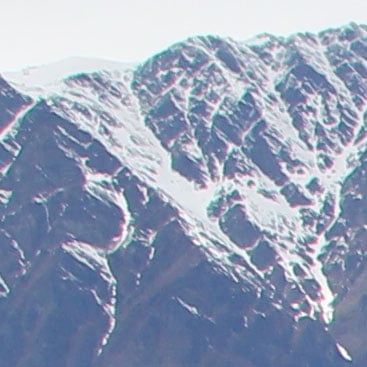 | 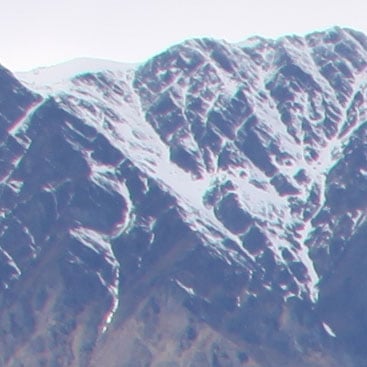 | |
f8, 100 ISO |
f8, 100 ISO | |
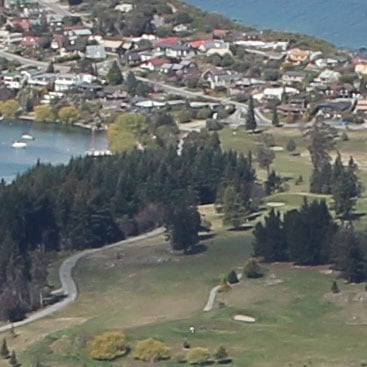 | 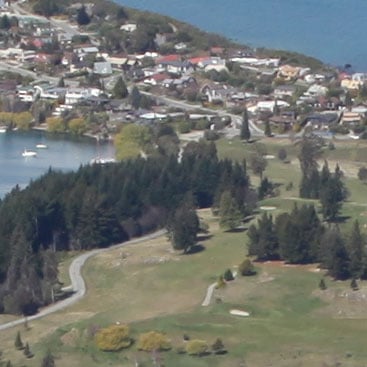 | |
f8, 100 ISO |
f8, 100 ISO | |
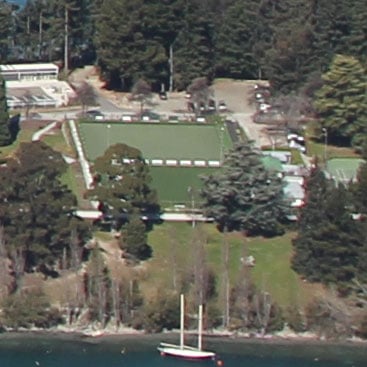 | 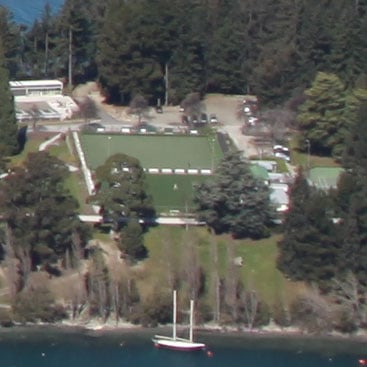 | |
f8, 100 ISO |
f8, 100 ISO | |
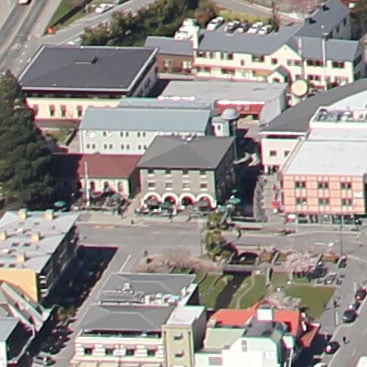 | 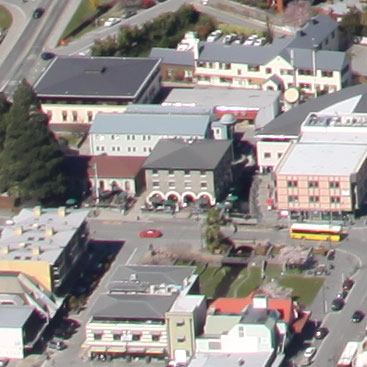 | |
f8, 100 ISO |
f8, 100 ISO |
Canon EOS 60D vs Canon EOS 50D Real-life resolution (RAW files matched)
Canon EOS 60D: RAW converted in-camera vs RAW converted with DPP software
The image above was taken with the Canon EOS 60D at 100 ISO with an exposure of 1/320 and the lens set to 24mm f8 in Aperture Priority. We shot the scene in RAW plus JPEG mode, with the original files from each measuring 25.1 and 8.17MB respectively. We then processed the RAW file using the supplied Digital Photo Professional software, version 3.9.1.0. This latest version gives the choice of normal Sharpening or Unsharp masking, so we went for the latter, with the default settings of 3 for Strength, 7 for Fineness and 3 for Threshold. The Auto Lighting Optimiser was set to the default Standard on both, while lens Peripheral Illumination and Chromatic Aberration were set to 70 and 100 respectively. Next we selected the EOS 60D’s in-camera RAW processing for the same file. We mostly used the default settings for this, including the Standard Picture Style and having Peripheral Illumination correction enabled. We additionally enabled Chromatic Aberration correction, but left distortion correction disabled. The resulting JPEG file generated by the camera measured 7.48MB. We’d encourage you to view this page alongside our first results page which shows crops from the original in-camera JPEG file for direct comparison. The first row of crops is arguably the most important in this comparison as it demonstrates the different approaches to handing chromatic aberration, which is quite apparent in the corners of the EF 24-105mm image when zoomed-out, even on a cropped body. The original JPEG file from our first results page exhibited both red and blue fringing in this area of high contrast. As we saw above, the Chromatic Aberration correction tools in the supplied Digital Photo Professional software did a great job at effectively eliminating the fringing for a very clean result. Moving onto the JPEG generated using the in-camera RAW processing tools and you’ll notice that while it is cleaner than the original JPEG, it’s still suffering from some fringing. Most of the red fringing has been eliminated, but while the blue fringing has been reduced, some is still quite visible. This isn’t entirely surprising as the DPP software offers a variety of tools for minimising fringing, whereas the 60D’s in-camera correction is either on or off. We should however add we didn’t tweak the DPP controls and just went for the default settings, which worked very well here. So the 60D’s in-camera reduction of Chromatic Aberration has certainly improved upon the original JPEG, but it’s far from perfect. The other thing that’s immediately apparent is how the RAW file processed in-camera looks relatively soft compared to both the original JPEG and the RAW file processed with DPP. To be fair again, we applied a more sophisticated unsharp mask using DPP, but the in-camera RAW processing claimed to apply the same Standard Picture style (with a sharpness setting of 3) as the original JPEG, yet the latter is noticeably sharper. Looking at the rest of the crops, the colour and tonal style is similar on all three approaches, but again the RAW file processed in-camera is lacking the crispness and bite of the other two. As always, there’s no correct result here, only the one which you personally prefer, but those who favour crisper images may wish to tweak the Picture Styles to deliver a punchier result. Now let’s see how the camera compares across its sensitivity range in our Canon EOS 60D High ISO Noise results.
|
|
 | To compare real-life performance we shot the same scene with the Canon EOS 60D and EOS 50D within a few moments of each other using their RAW files and base sensitivities. Both cameras were fitted with the same Canon EF 24-105mm f4L IS lens, set to 24mm f8 and focused on the target area using Live View at 10x. |
The image above was taken with the Canon EOS 60D at 100 ISO with an exposure of 1/320 and the lens set to 24mm f8 in Aperture Priority; the original RAW file measured 25.1MB. The EOS 50D selected the same exposure in Aperture Priority, but its slightly lower resolution RAW file measured 21MB. The crops below are taken from the areas marked with the red squares and presented here at 100%. The crops from the EOS 50D show a larger area due to its lower resolution.
We processed the RAW files from each camera using the supplied Digital Photo Professional software, version 3.9.1.0. This latest version gives the choice of normal Sharpening or Unsharp masking, so we went for the latter, with the default settings of 3 for Strength, 7 for Fineness and 3 for Threshold. The Auto Lighting Optimiser was set to the default Standard on both, while lens Peripheral Illumination and Chromatic Aberration were set to 70 and 100 respectively.
On the previous page we saw how the default JPEG processing styles of the EOS 60D and its predecessor delivered quite different-looking results: the earlier EOS 50D employed a somewhat laid-back approach with relatively soft and muted looking results, whereas the EOS 60D adopted a more lively, punchy, consumer-friendly style. Which you prefer is entirely personal, but it’s important to note both cameras can deliver very similar-looking images when their settings are matched.
As you can clearly see below, their RAW files processed with the same software and settings deliver almost identical-looking styles regardless of age and sensor resolution. The sharpness, contrast and saturation are essentially the same.
This not only goes to prove their differences in JPEG styles is purely down to processing, but also allows us to compare resolved detail on a level playing field. As commented on the previous page, there’s actually very little between them in terms of real-life recorded detail. Look really closely at the finest building and foliage details and you might spot a small advantage to the EOS 60D, but it’s not particularly significant. Having seen this, there shouldn’t be many 50D owners who’ll be upgrading to the EOS 60D (or EOS 7D) based on resolving power alone.
Once again it’s much the same result we found when comparing the EOS 50D against the EOS 7D, which isn’t surprising given the similarities in the EOS 60D and EOS 7D sensors. It is however worth noting that enabling Chromatic Aberration reduction in DPP has effectively eliminated the coloured fringing seen on the mountain ridge in the first row of crops; you can actually now alternatively achieve this effect in the 60D itself by processing RAW files in-camera, but it’s a shame to find coloured fringing remains uncorrected in JPEGs by default, unlike Nikon’s DSLRs which clean them up in-camera.
Scroll down to see how the 60D’s new in-camera processing of RAW files compares against those developed in DPP, or head straight onto our Canon EOS 60D High ISO Noise results.
Canon EOS 60D: RAW with Canon EF 24-105mm f4L IS USM DPP with Unsharp Mask (3 / 7 / 3) |
Canon EOS 50D: RAW with Canon EF 24-105mm f4L IS USM DPP with Unsharp Mask (3 / 7 / 3) | |
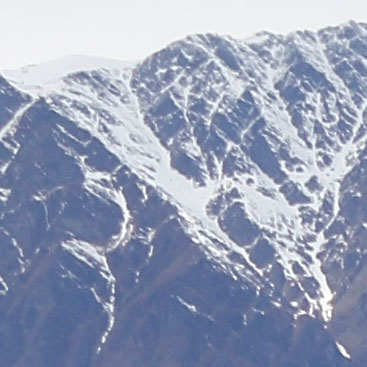 | 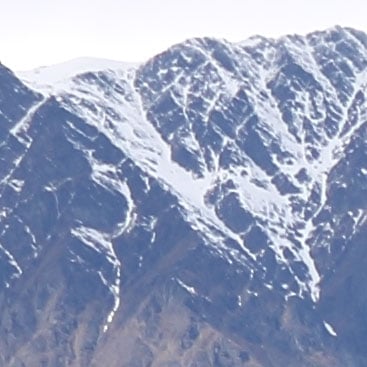 | |
f8, 100 ISO |
f8, 100 ISO | |
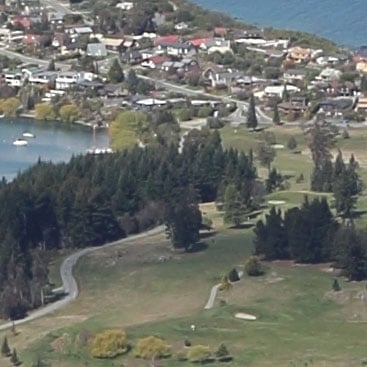 | 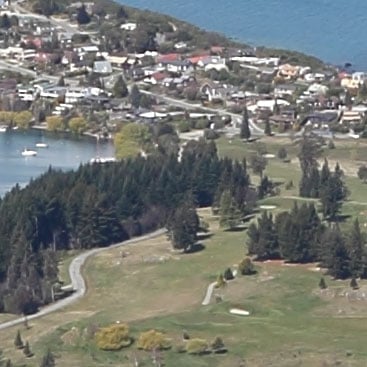 | |
f8, 100 ISO |
f8, 100 ISO | |
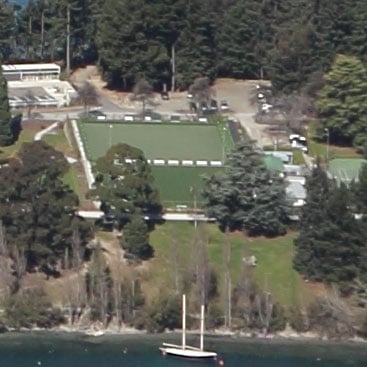 | 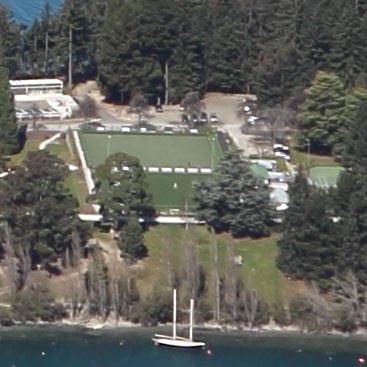 | |
f8, 100 ISO |
f8, 100 ISO | |
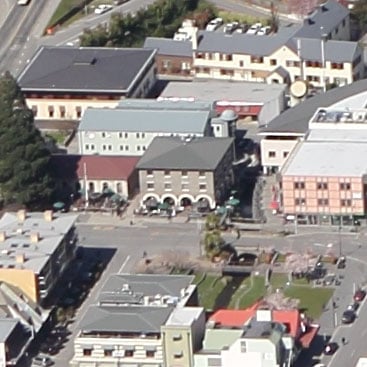 | 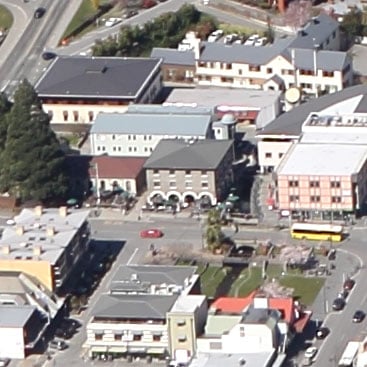 | |
f8, 100 ISO |
f8, 100 ISO |
Canon EOS 60D vs Canon EOS 50D High ISO Noise (JPEGs using default settings)
|
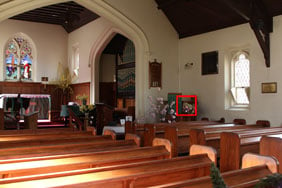 | To compare noise levels under real-life conditions we shot this scene with the Canon EOS 60D and EOS 50D within a few moments of each other using their best-quality JPEG settings and at each of their ISO settings. Both cameras were fitted with the same Canon EF 24-105mm f4L IS lens, set to 24mm f8 and focused on the target area using Live View at 10x. |
The image above was taken with the Canon EOS 60D at 100 ISO with an exposure of 0.6 seconds and with the lens set to 24mm f8; the original Large Fine JPEG measured 5.41MB. The crops below are taken from the area marked with a red square and presented here at 100%; the 60D crops show a smaller area because of its higher resolution. High ISO Noise reduction was set to the default Standard on both cameras, but the Auto Lighting Optimizer was disabled on each camera as it can artificially introduce noise.
You don’t need to be a pixel-peeper to spot a major difference between the Canon EOS 60D and 50D images below: the crops from the former are much sharper, leaving the earlier model looking quite soft in comparison. Indeed the 50D images look almost as if they’re out of focus or taken with a different lens.
We can however assure you both cameras used exactly the same lens with the same aperture setting and both were focused and confirmed using magnified assistance in Live View. A brief glance may then have you concluding that the EOS 60D delivers superior quality, but what you’re seeing here is a difference in image processing using the default settings.
The EOS 60D, like the EOS 550D / T2i and EOS 7D before it, employs quite punchy image processing by default on its in-camera JPEGs. A reasonable degree of sharpening and contrast is applied by default, delivering consumer-friendly JPEGs which need little extra processing. In contrast, the EOS 50D comes from an older school of thinking for DSLRs where the image processing was fairly restrained. As such the in-camera JPEGs using the default settings on the EOS 50D can look relatively soft compared to more recent models.
While it’s useful to compare the output from both cameras using their default settings – especially as that’s how a mid-range model like the EOS 60D will most commonly be used – it’s also important to place both cameras on a level playing field to make overall judgments. It may be hard to believe from the crops below, but by applying a little extra sharpening to the 50D images, they can actually look a lot like those from the EOS 60D – and the same applies if you reduce the sharpening on the EOS 60D.
While greater sharpening will bring out the finest details, it’ll also make any noise artefacts more apparent. It’s really a personal choice and the settings on both cameras can be adjusted to deliver the JPEG style you prefer. Alternatively you can shoot in RAW and apply more sophisticated image processing after the event, and we’ve done just that on our High ISO Noise RAW results page (coming in our final review), where you’ll see the sharpness can easily be matched on both the EOS 50D and EOS 60D.
But once again a comparison of the default settings still has value as this is how many owners will use their cameras – it also serves to illustrate how Canon’s DSLR processing style has changed in the two years between the two cameras. So on with the analysis.
The sequence below starts with both cameras at 100 ISO where both unsurprisingly deliver detailed, noise-free results when viewed at 100%. Again the punchier processing of the EOS 60D has brought-out more fine detail, but once the sharpening on the 50D is matched, there’s not a huge difference in actual resolved detail here; the EOS 60D enjoys a small advantage, but it’s less than you might think in this example.
The softer processing of the EOS 50D is however more forgiving on visible noise, and this becomes apparent as the sensitivity is increased. At 200 ISO, pixel peepers may strain to notice a fractional increase in background textures on the EOS 60D, and while it’s nothing to be worried about, the modestly-sharpened 50D avoids it.
At 400 ISO both cameras are exhibiting minor noise textures, but again nothing to be overly concerned about. With the sensitivity increased to 800 ISO, these increase again a little, but most would still be very happy with the output. It is however worth noting the EOS 50D crop is a tad softer than the one at 400 ISO, whereas the EOS 60D is maintaining its sharpness level, at least on in-camera JPEGs.
At 1600 ISO the EOS 50D takes a noticeable turn for the worse, while the EOS 60D holds it together a little better. We’d say the EOS 60D JPEG at 1600 ISO is still very usable. At 3200 ISO though, the EOS 60D image has noticeably softened while suffering from greater noise levels. That said it’s still preferred to the EOS 50D JPEG with the default settings.
At 6400 ISO, both cameras take a significant turn for the worse with high noise levels and a number of hot pixels. Likewise at their maximum 12800 ISO settings, where both deliver noisy images with greatly reduced detail.
Overall if you want consumer-friendly images out of the camera without changing any settings, the EOS 60D’s output is preferred to the EOS 50D. Greater sharpening and contrast brings out the detail at lower sensitivities, while careful management of the processing ensures the quality up to 1600 ISO remains punchy and usable. Side-by-side, the earlier EOS 50D looks soft. But again it’s important to note this is only the result when the in-camera defaults are used. Adjust the settings or process RAW files and you’ll find both cameras will deliver similar degrees of sharpness with only a very minor advantage in real-life detail for the new model.
If you’re having a feeling of déjà-vu at this point, do not be alarmed: this is exactly the same conclusion we came to when comparing the EOS 50D against the EOS 7D, and that’s not surprising since the EOS 60D and EOS 7D share essentially the same image quality; likewise for the EOS 550D / T2i.
Now lets see more real-life images in our Canon EOS 60D sample images gallery, where you’ll also be able to download several files for evaluation on your own computers.
Canon EOS 60D (JPEG using in-camera defaults) with Canon EF 24-105mm f4L IS USM |
Canon EOS 50D (JPEG using in-camera defaults) with Canon EF 24-105mm f4L IS USM | |
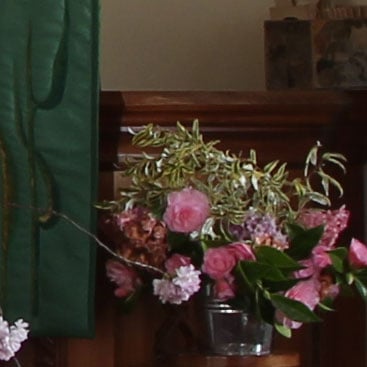 | 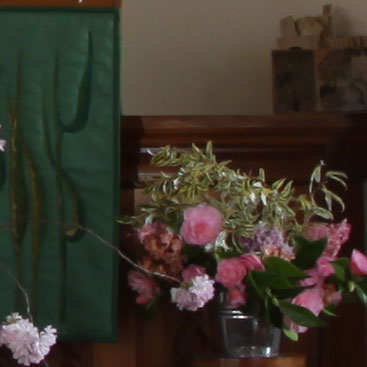 | |
100 ISO |
100 ISO | |
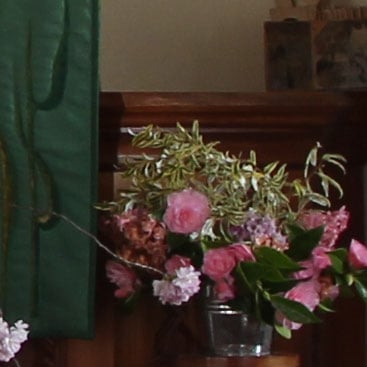 |  | |
200 ISO |
200 ISO | |
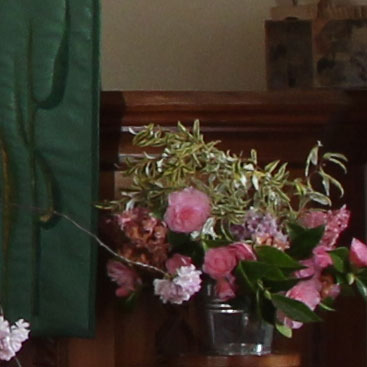 | 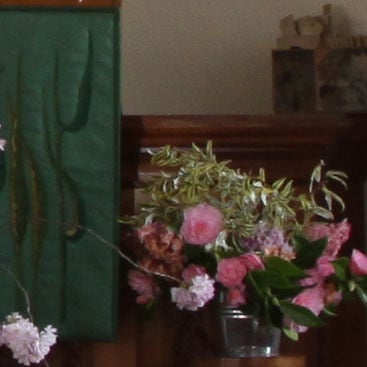 | |
400 ISO |
400 ISO | |
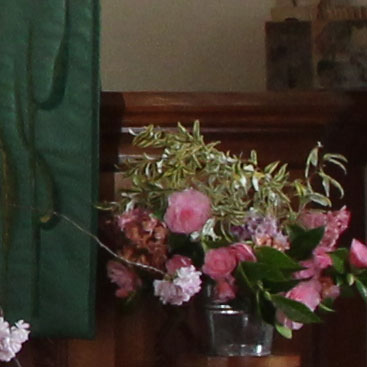 | 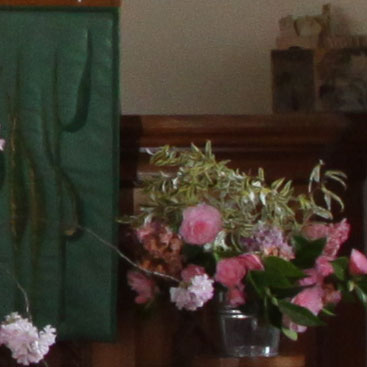 | |
800 ISO |
800 ISO | |
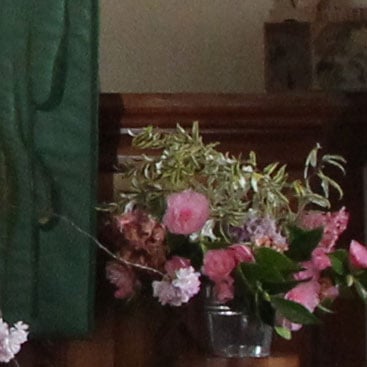 |  | |
1600 ISO |
1600 ISO | |
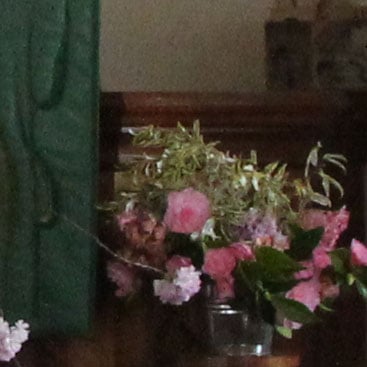 | 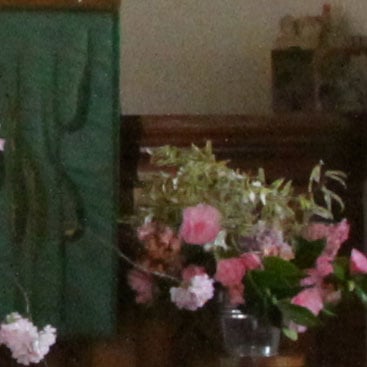 | |
3200 ISO |
3200 ISO | |
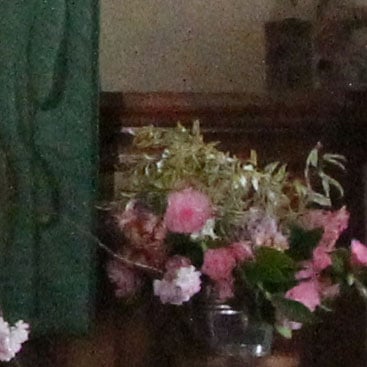 |  | |
6400 ISO |
H1 (6400 ISO) | |
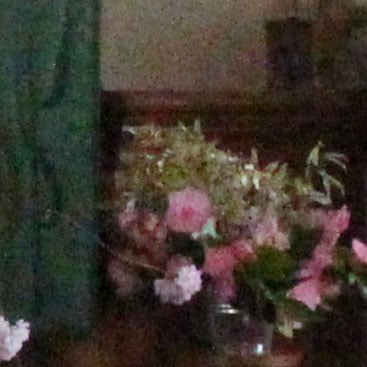 |  | |
H1 (12800 ISO) |
H2 (12800 ISO) |

